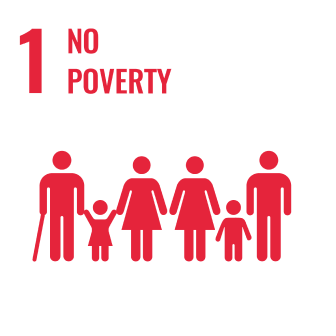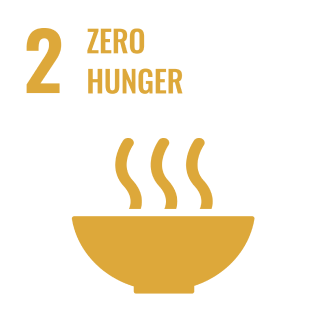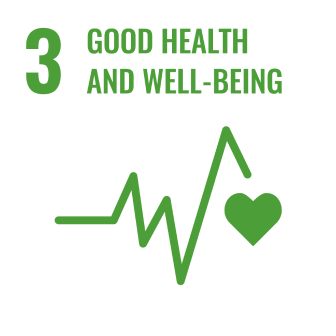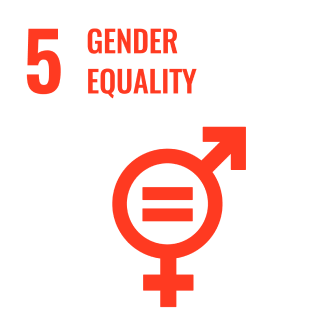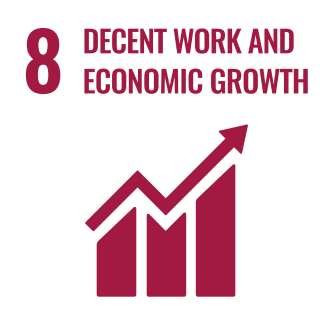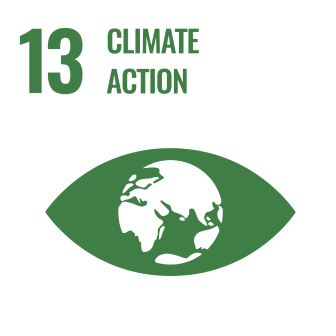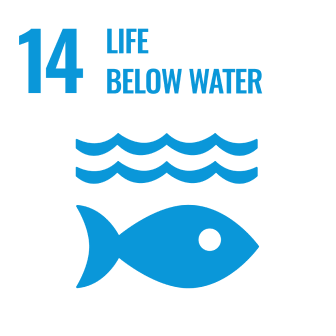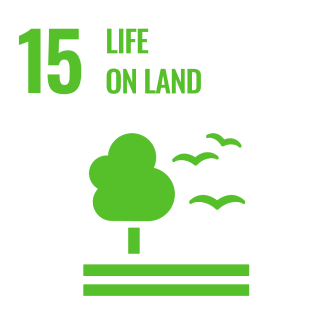Vlinder Sri Lanka Blue Carbon
Vlinder Sri Lanka Blue Carbon project helps restore degraded mangrove areas and improves lives of vulnerable communities in Batticaloa and Puttalam regions of Sri Lanka.
Vlinder Sri Lanka Blue Carbon project The project aims to restore 500 hectares of severely degraded mangroves in Batticaloa and Puttalam regions of Sri Lanka during 2021-2023, with continuing support for forest protection for decades to come.
Project type
Blue Carbon
Area
500 hectares
Emission removal capacity
266,500 t
UN Sustainable Development Goals addressed
Challenges
More than 50 % of the Sri Lanka mangrove forests have been destroyed irrecoverably in the past 30 years through deforestation, abuse, and exploitation – with negative impacts on fishery and the protection against catastrophic flooding events. Current rates of mangrove destruction are estimated at around 150,000 hectares per year (about 1%), according to the United Nations Food and Agriculture Organization.
Solution
The project aims to restore 500 hectares of severely degraded mangroves in Batticaloa and Puttalam regions of Sri Lanka during 2021-2023, with continuing support for forest protection for decades to come.
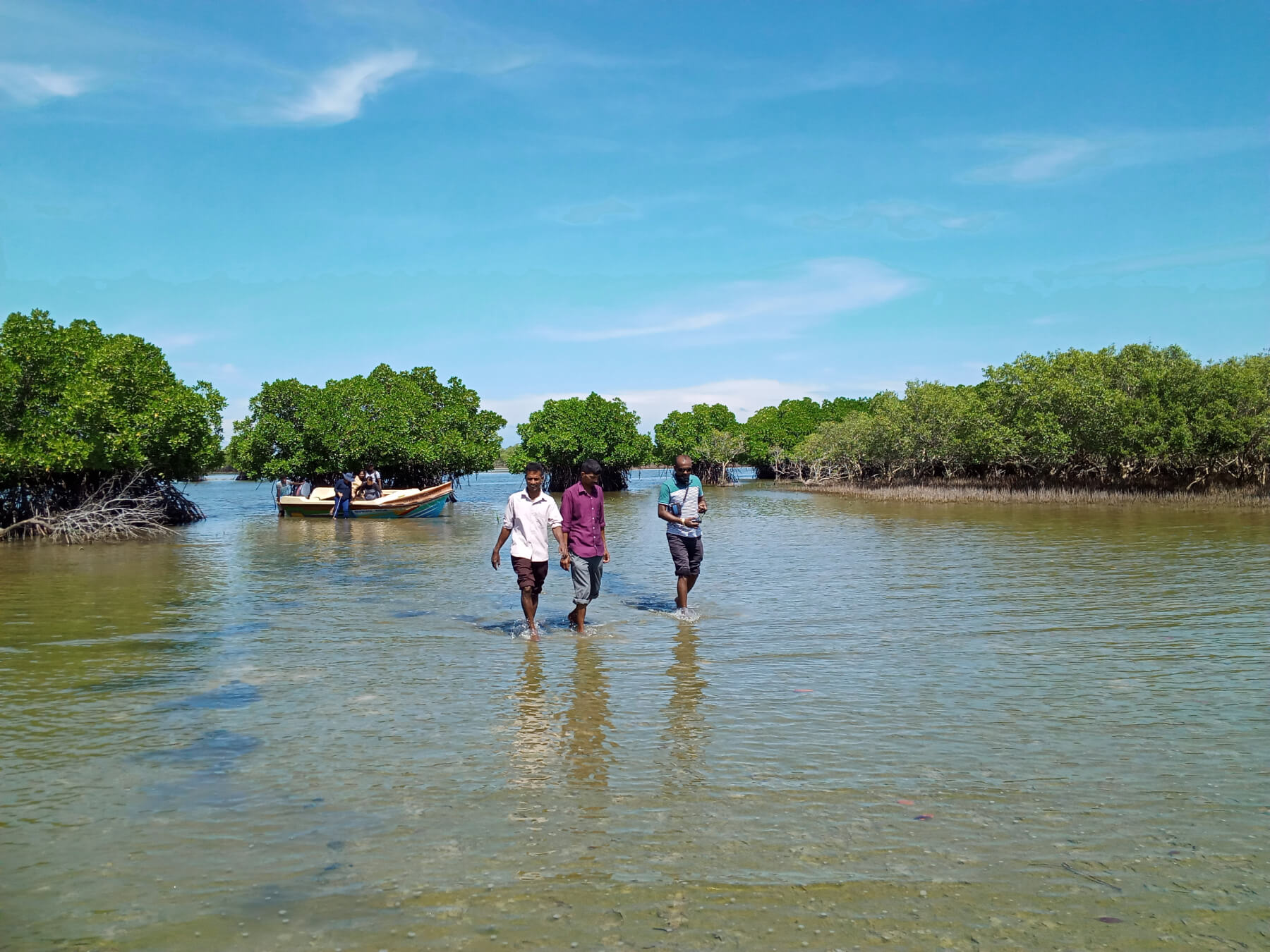
To achieve this, Vlinder is partnering with VNV Advisory, an impact project management company with over 10 years of experience in leading programs on climate change across South Asia that covered 6 million rural households and 1 million ha. The project partner has been engaging with the communities for years and has secured stakeholder support and local buyin and prepared nurseries and propagules for planting.
The project integrates mangrove restoration and protection, and brings immediate economic benefits to local communities. Building ecosystem resilience is foundational to increase socio-economic opportunities and to decrease vulnerability to potential natural disasters. Despite this, the project introduces income generating activities and reduces poverty among the country's vulnerable coastal communities.
Environmental benefits
Mangrove forests are biodiverse habitats of great ecological significance
- Mangrove ecosystems serve as nurseries for fish, marine life and coral reefs, tropical birds, crocodiles and animals
- Mangrove roots act as a filtration system and capture silt preventing siltation in seagrass meadows and on coral reefs
- The project location is a hotspot for turtle conservation and with the help of the local community the turtles
Community benefits
The project introduces income generating activities and reduces poverty among the country's vulnerable coastal communities
- New jobs
- Value-added livelihoods and new revenue streams
- Community education and upskilling
- Support for women: They make up more than half of the project's local staff
- Protecting people in the project area from extreme weather events like tsunamis and floods
Partners
"Bursting with biodiversity, mangrove forests are one of the most resilient ecosystems, serving as an important coastal defence, that provides invaluable benefits both ecologically as well as socio-economically. A future for mangroves translates directly to a future for some of our most significant marine species, here in Sri Lanka, the magnificent turtles!"
Thushan Kapurusinghe Project Leader, Sri Lanka Turtle Conservation Project
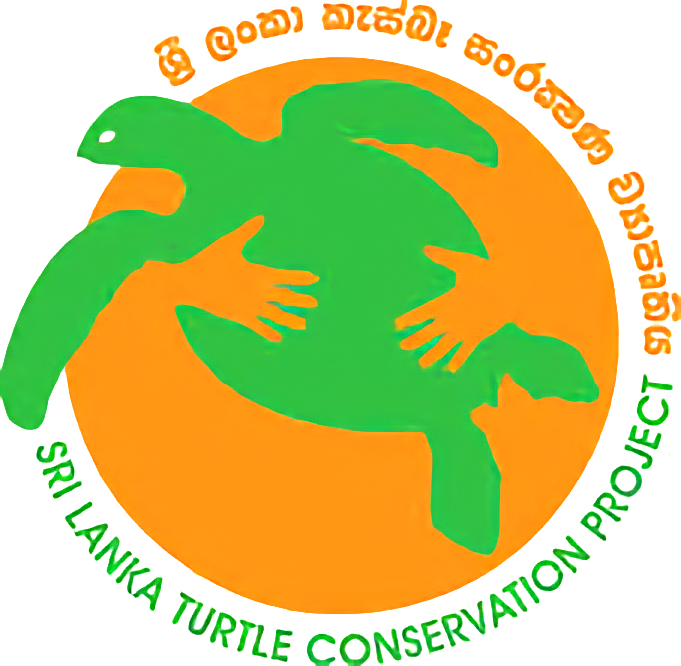
Progress
Documents
Verra Registry record |
